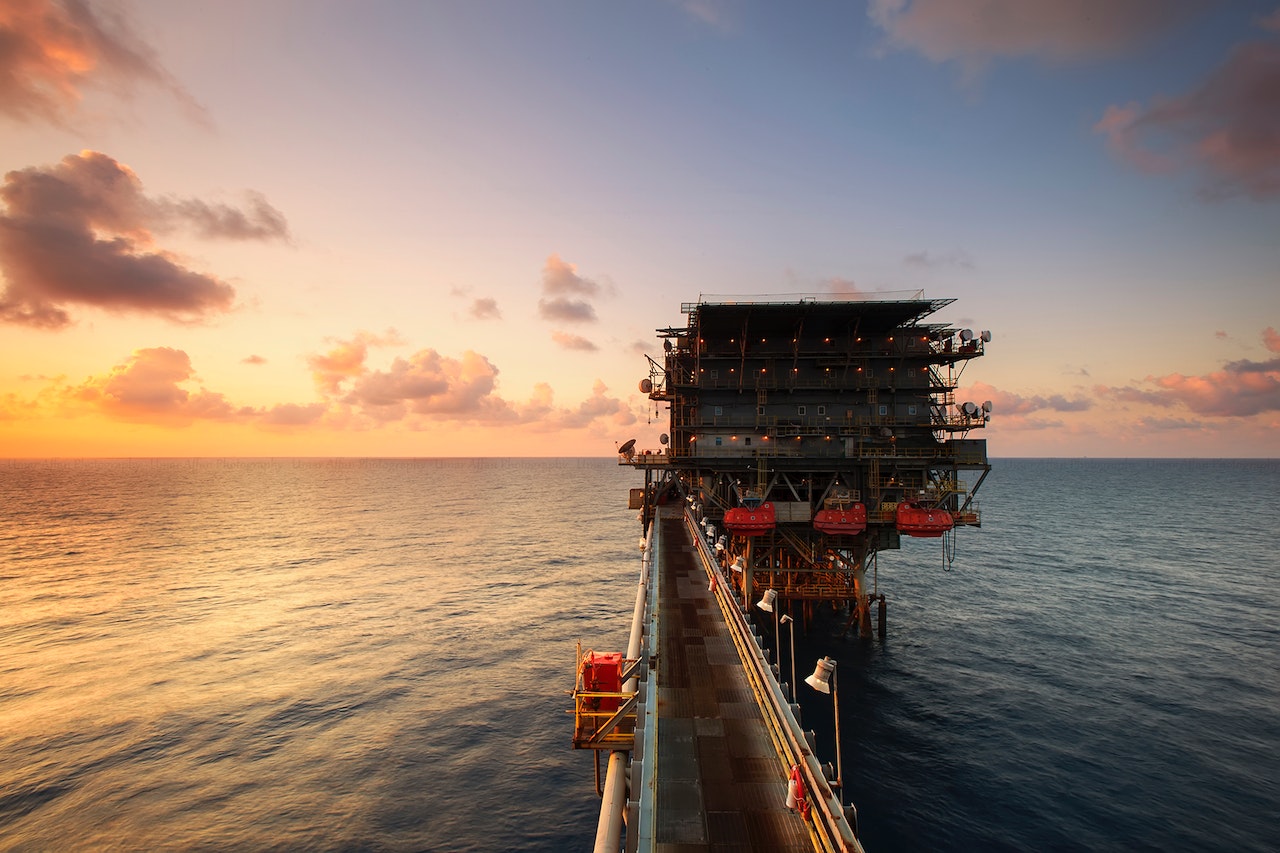As ocean temperatures rise, offshore injuries are constant and likely increasing. With extreme weather conditions, there are other factors at risk. Company owners lose millions of dollars to repairs on operations, loss of assets and resources, as well as delays and downtime to workers. Severe weather can attribute to many offshore injuries including:
- Equipment failure: such severe weather conditions can put a lot of strain on equipment causing it to malfunction which can lead to explosions, collapses, or spills.
- Structural damage: heavy rain, high wind, or waves can damage offshore platforms, ships, and drilling rigs which can lead to collapses and fires.
- Slips and falls: slippery conditions can make it difficult for workers to work. They may lose their footing, leading to a slip or fall that results in a severe injury.
- Human Error: weather conditions can cause people to become distracted and stressed thus resulting in a higher chance of human error like failing to follow safety procedures.
It is extremely vital to have well-trained personnel on deck at all times in case of emergencies listed above from the severe weather. Likewise, emergency response plans must be in place for these very reasons. Additionally, keeping the equipment well-maintained and performing safety drills regularly will minimize the risks of offshore injuries during severe weather.
If you would like to know more about Offshore Injury Statistics, you can find the new study here.
The Most Dangerous Situations Offshore Workers Face
Excessive Wind
The Beaufort Wind Scale is used as a way for sailors to estimate wind strength visually. The scale helps offshore workers navigate the wind and any challenges they might be faced with based on the scale. Additionally, the longer the stretch of open water, the greater effect of a wind force. When the wind hits the offshore worker’s rig platforms matter too as there is a likelihood of increased injury.
Freezing Temperatures
Salt Water freezes at 28.4 degrees and when this is transferred to sea spray can cause any surface below this temperature to freeze as well. Any thin coat of black ice can result in slippery surfaces and make metal hard to hold. Similarly, cold temperatures can cause materials to tighten, change viscosity, or lose flexibility.
High Sea and Crest Waves
Crest Waves are known to be the most dangerous part of the ocean because their impact can generate thousands of pounds of pressure on whatever it hits. These types of waves can break rigs and ships causing serious offshore injuries to anyone on board.
Staying Safe to Prevent Offshore Injuries
The list above establishes how safety procedures need to be in place to protect offshore workers from injuries. It is also important for offshore workers to familiarize themselves with this list to understand the risks involved with this type of job. If you or a loved one have been affected by an offshore injury because of weather or other circumstances, contact Bowen Painter Trial Lawyers to speak with an experienced maritime injury lawyer today.




No Comment